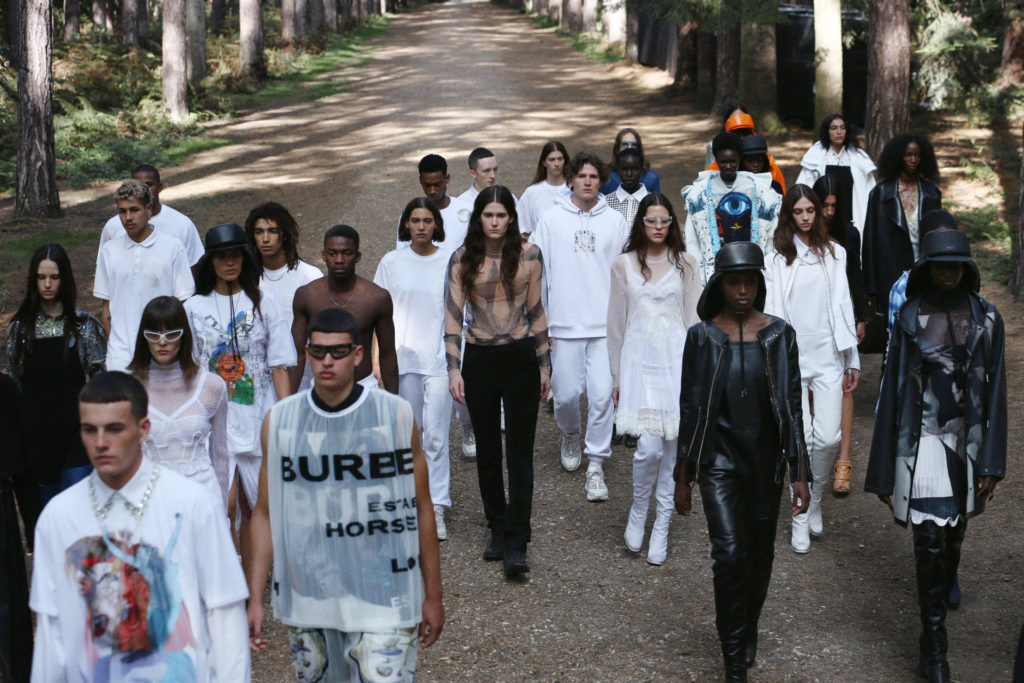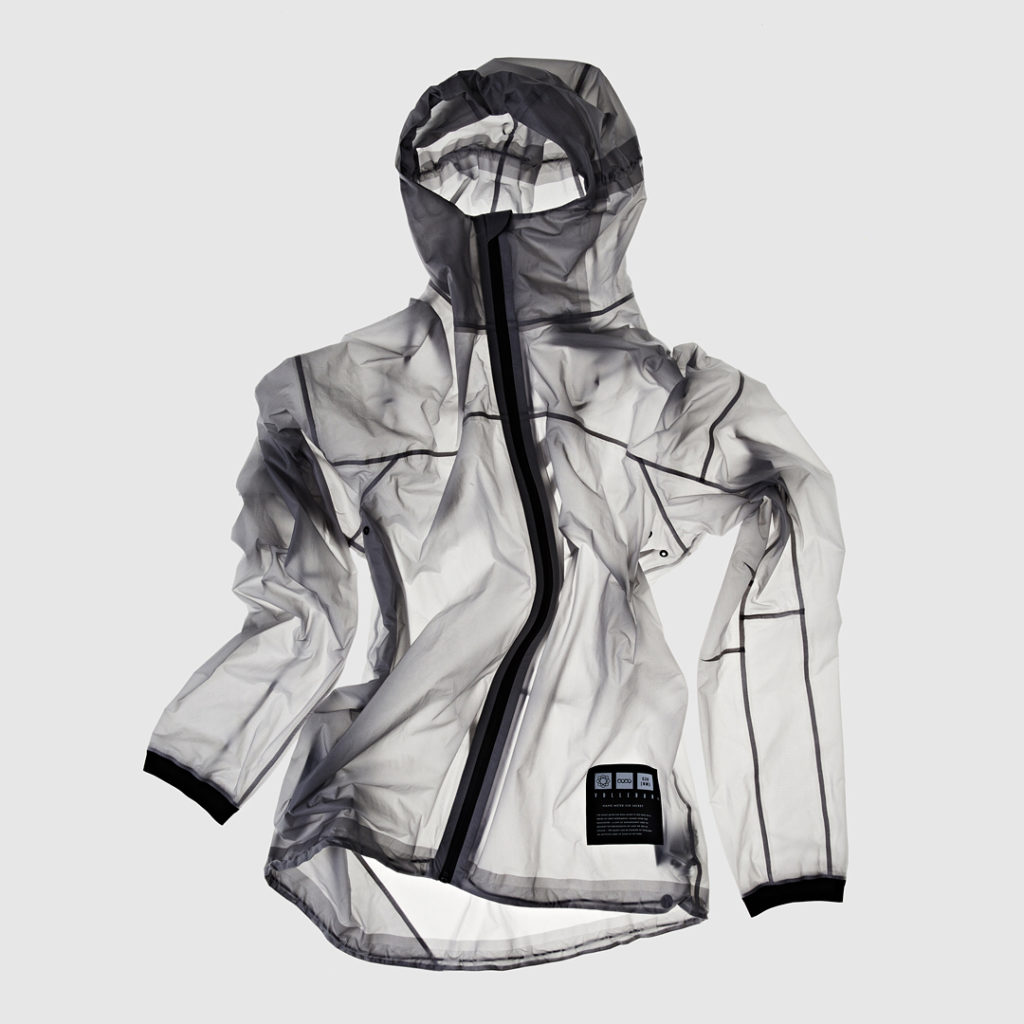What’s happening now in fashion and retail globally is unlike anything we’ve ever seen before. I’m reminded constantly of the Charles Dickens quote, “It was the best of times, it was the worst of times, it was the age of wisdom, it was the age of foolishness, it was the epoch of belief, it was the epoch of incredulity, it was the season of light, it was the season of darkness, it was the spring of hope, it was the winter of despair.”
We’ve witnessed the complete fracturing of the industry. Even though we’ve known for years that fashion was fraught with inefficiencies and waste; and an embarrassing laggard in tech and innovation, we’ve turned a blind eye to over-storing, and to big retailers with debt-laden balance sheets who are no longer relevant to today’s consumers.
From the impact of billions of dollars of unsold inventory; to the wild hamster-wheel calendar that stood in the way of change, something had to give eventually. But since no one could have predicted this, many established brands felt they had time to get ‘more digital’. This was despite the emergence of nifty millennial-focused direct-to-consumer brands, supported by billions of dollars of venture capitalist funding, which brought data-driven thinking, strong community engagement, and—an irony of ironies—a new interest in real-world stores.
Vogue+
S$ 5.90 per month
- Access to locked content
- 8 issues of Vogue Singapore delivered to your doorstep (with local delivery)
- Priority invitation to Vogue events
- Exclusive updates and samples of new products
- Limited edition Vogue tote bag and welcome gifts worth over S$400
Print annual subscription with Vogue+
S$89 for 8 print issues
- Access to locked content
- 8 issues of Vogue Singapore delivered to your doorstep (with local delivery)
- Priority invitation to Vogue Events
- Exclusive updates and samples of new products
- Limited edition Vogue tote bag and welcome gifts worth over S$400
The role of technology in a post-COVID fashion industry
The conversation about technology reinventing the fashion industry has gone from a murmur in 2019 to a cacophony in 2020. When you consider the pushback to the traditional fashion calendar from key brands (see Gucci’s biannual schedule and move away from traditional formats; and Saint Laurent opting to skip Paris Fashion Week and “lead its own rhythm” moving forward), it’s a perfect storm.
At the same time, this opens up tremendous opportunities. From an investor perspective, it’s incredibly exciting as innovative solutions gain traction fast. What’s different is that the industry is now not only listening but acting at speed.
Looking at where we are today, it’s generally accepted that COVID-19 has been a catalyst for industry innovation. Without minimising the devastating loss of life and human cost in communities everywhere, the pandemic has accelerated the digitalisation that should have taken place earlier. In just nine months, we’ve seen AI and machine-learning emerge as persistent themes. The massive growth of e-commerce; the rapid deployment of tech solutions and tools that improve the online experience for size, fit, styling, visual search, and more personalised experiences; and a ramp-up of conversations around upstream digitalisation.
It’s our collective responsibility to fix our mistakes and be much, much better going forward
With design, merchandising and marketing teams in lockdown or working from home, we’ve seen the adoption of 3D design and virtual prototyping grow exponentially. The rise of humanised model avatars, 3D showrooms and virtual runways. Gamification as a means to collect pre and post-production insights. We’re also witnessing the digitisation of materials and increased interest in innovative sustainable fabrications: from recycled textiles such as Evrnu and Renewcell to ‘leathers’ made from mycelium, fish, pineapple husk and cactus.
The new age of designers
Designers and merchants suddenly have access to insights and data they previously didn’t. With tools that enable real-time interaction, customer engagement is happening in more creative ways than ever before on a multitude of channels. Just look to Burberry’s recent spring/summer 2021 show on Twitch, and multiple others on Animal Crossing.
Much like their businesses, designers now must be incredibly agile. Life is more unpredictable than it’s ever been, and yet we still naturally turn to designers to define the cultural zeitgeist; to advance conversations creatively and intellectually. Today, that means designing fashion and fabrics that address our current desire for protection, comfort, health and wellness—as a form of calm in the midst of this storm. At the same time, even as there is no playbook, we look to designers to represent new ideals.
Reducing, or better yet, eliminating waste and harmful practices, whilst ensuring equitable partnerships along the entire supply chain is a lot to ask. But it’s our collective responsibility to fix our mistakes and be much, much better going forward—and shame on us if we go back to where we were.

Putting the planet first
As conversations surrounding sustainability continue, brands need to educate themselves on global standards and industry practices. This means being aware of the language they’re using and the claims they’re making. This means auditing every point in the supply chain, not just to check the box on fabrics, packaging and carbon footprint claims.
For the sake of our planet, wouldn’t it be incredible if every brand transitioned to design-sell-make? But the reality behind making that change requires a major structural and systemic shift industry-wide—and not everyone is going to get there. The general tenet of design-sell-make is that brands either pre-sell or gain a better sense of likely demand in advance of making the product. The advantage of 3D design and virtual prototyping is that digital assets can be pushed out on social media, games and partner platforms without requiring physical samples.

Look to market innovators like Vollebak, who are really leading the conversation about clothing for our times and the future. Their design concepts are always unique, and use science and technology in a way that has never before been considered. Another early-stage venture, The Moore Collective, has built a design-sell-make platform where influencer and celebrity-designed 3D digital assets are exposed to a target audience on relevant social media. The images with high engagement are then made in limited quantities and at the most efficient manufacturing locations.
5 tips for young, emerging fashion brands
Moving forward, I hope we can meld tech innovation with the creativity and inspiration that are at the core of our industry. There’s no better opportunity than now to set new global expectations for materials, products, partnerships and processes that enable brands of all sizes to deliver compelling and relevant fashion.
1. Know who you are, and know your customer as well as you know yourself
Engage with your customers wherever they are and understand what’s happening in their world. Right now, trends are coming from customers. Be super clear that you are relevant, that you offer something unique, are differentiated from your competitors—maybe solve a pain point—deliver functional as well as emotional benefits. Can you answer the question, “What do you do better than anyone else?”
2. Use data and tech solutions to track performance, support decisions and share insights team-wide
Brands have to be agile. I know I use that word a lot. But this is where technology plays such a critical role in terms of providing data insights that help with more efficient decision-making, and that guide them in course-correction, whether that’s in design responses, product development, merchandising planning and demand forecasting, marketing or social media strategies, or manufacturing. When a brand maps out their customer journey, it will identify different pain points, drop-offs and thus areas for improvement. And what we’re seeing is an increasing number of innovative software solutions that address those weaknesses.

3. Build online commerce strength
A strong online presence is critical, and you want to be as nimble as possible, because right now it’s difficult to predict what’s ahead, and you’ll want to be ready to respond as things change. But at the same time, start thinking from a brand perspective what your offline customer experience looks like—knowing what you need to do to keep customers and employees safe—and get clear on how you pull together online and offline data.
4. Be authentic and consistent in what you say wherever you show up
It’s one thing to tailor messaging and campaigns for different channels and media; it’s quite another to say or show something on one platform that contradicts what you’ve said on another. This applies to all your customer engagements as well. Did I mention stay close to your customers?
5. Partner, partner, partner
Leverage the ecosystem, which means everyone from your customers to complementary brands and your suppliers (think of them as partners and not ‘vendors’). You do not have to reinvent the wheel every time. Good examples here: Thousand Fell, for a closed-loop business-to-business proposition for sneakers; Techsembly for an agile marketplace platform that can be built at speed.

Debra Langley is a Venture Partner with Lyra Ventures, a global fund based in Singapore that focuses on companies that are reinventing the business of fashion. She is also a consultant to fashion, retail and related technology brands, and an advisor and resident mentor to The Bridge Fashion Incubator, the first incubation program in Southeast Asia to work at the intersection of fashion, technology and sustainability.





